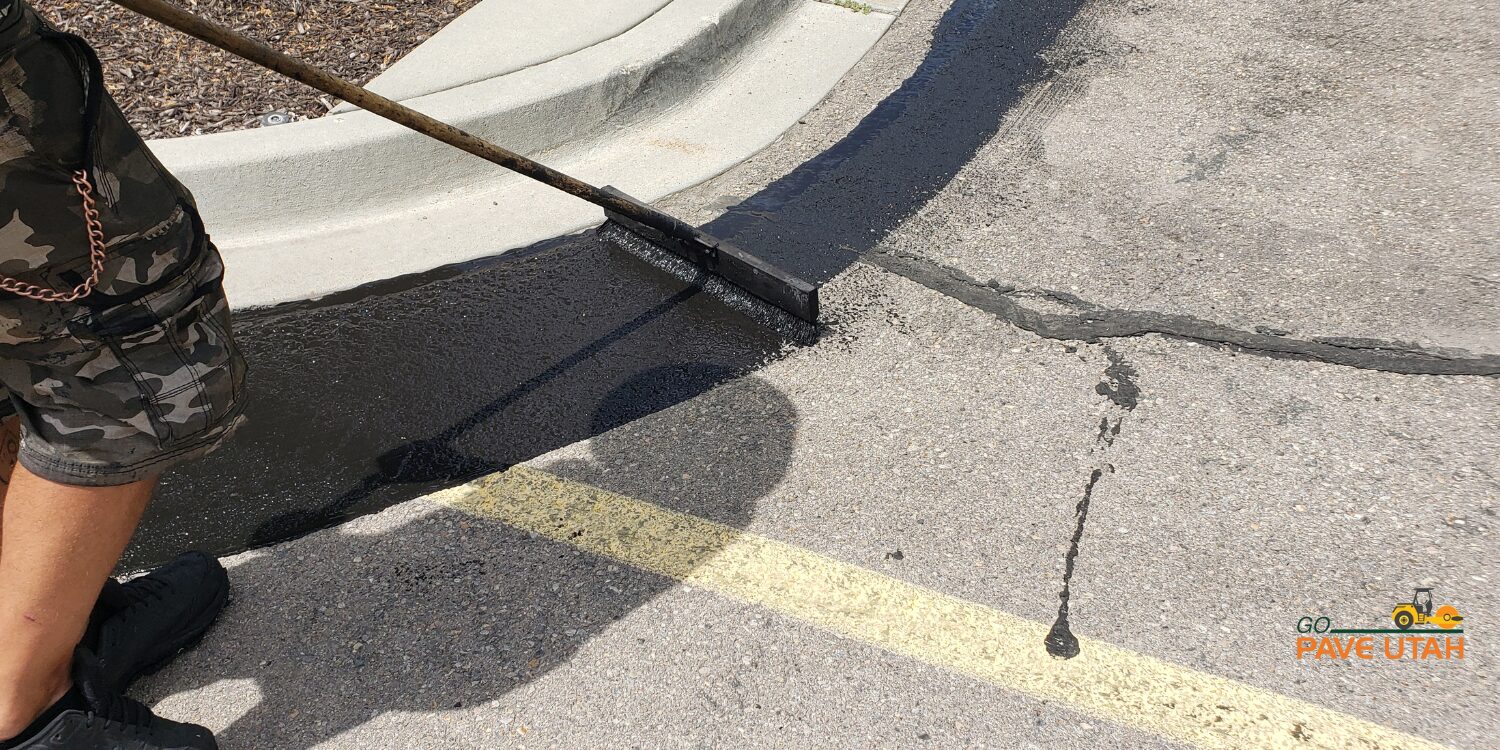Maximize Safety with Angle Parking Lot: Superior Asphalt Sealing
Maximize Safety with Angle Parking Lot: Superior Asphalt Sealing
Blog Article
Cold Mix Asphalt Vs. Hot Mix Asphalt: Which Is Right for You?

Make-up Differences
Cold mix asphalt is produced by emulsifying the asphalt binder with water and an emulsifying representative prior to blending it with accumulation. The hot mix asphalt production process includes heating the aggregate and asphalt binder separately prior to integrating them at the asphalt plant.
In addition, cool mix asphalt often tends to be less dense and extra adaptable than warm mix asphalt. This versatility makes it much better suited for locations with greater levels of movement, such as driveways or roadways with heavy traffic. On the other hand, warm mix asphalt is recognized for its high toughness and resistance to rutting and fracturing, making it a recommended option for highways and high-traffic roads where durability is vital.
Installation Refine Variations
The process of installing chilly mix and warm mix asphalt displays notable variations in their needs and treatments. Cold mix asphalt, being an extra adaptable material, can be applied straight from the bag or container onto the pit or damaged area. It calls for very little preparation work, such as cleaning up the area and condensing the cold blend with hand devices. This makes it a convenient option for quick and momentary fixes. On the other hand, hot mix asphalt demands an extra sophisticated installation procedure. It includes heating the mix to heats prior to laying it down on an appropriately ready base. The preparation consists of condensing the base, applying a tack layer, and making use of heavy equipment like pavers and compactors for a smooth and durable finish. Because of the heating needs, hot mix asphalt setups are commonly carried out by professionals with customized equipment, making certain an extra irreversible and structurally sound result.
Longevity and Long Life Variables
When taking into consideration asphalt choices, durability and long life are important factors to assess for lasting pavement performance. Hot mix asphalt (HMA) is known for its outstanding toughness and long life. The high temperature levels throughout the blending and laying procedure permit much better compaction, causing a denser and more powerful pavement framework. This results in HMA being much more resistant to rush hour tons, rough weather, and the results of maturing contrasted to chilly mix asphalt (CMA)
In regards to longevity, HMA typically surpasses CMA as a result of its superior toughness and resistance properties. HMA pavements have a longer service life, requiring less frequent repair work and maintenance, which can equate to set you back savings in the lengthy run. Additionally, HMA sidewalks are much more easily adjustable to fulfill particular project requirements, further enhancing their resilience.
Expense Factors To Consider
Thinking about the financial effects is a crucial aspect when examining the selection between hot mix asphalt (HMA) and chilly mix asphalt (CMA) for sidewalk projects. While the first price of hot mix asphalt is typically higher than that of chilly mix asphalt, HMA usually offers an extra cost-effective service in the long run due to its premium resilience and longevity.
In addition to material expenses, it's necessary to think about the expenses related to installment and upkeep when comparing HMA and CMA. HMA typically requires customized devices and experienced labor for appropriate installation, which can impact general task costs. Alternatively, CMA is less complicated to deal with and can commonly be used using easier strategies, possibly decreasing installment costs. Inevitably, the choice in between HMA and CMA must take into consideration not simply the first expense but additionally the long-lasting financial implications to determine one of the most economical alternative for the specific pavement project.
Environmental Effect Comparison
Contrast of the ecological impacts in between warm mix asphalt (HMA) and chilly look at this website mix asphalt (CMA) discloses distinct distinctions in sustainability methods. HMA manufacturing requires heats, resulting in raised energy usage and greenhouse gas emissions. The process also launches unpredictable natural substances (VOCs) and dangerous air contaminants (HAPs) into the atmosphere. In comparison, CMA is generated and applied at lower temperatures, decreasing power use and exhausts substantially. The reduced manufacturing temperature levels of CMA cause reduced fuel consumption and reduced levels of CO2 emissions, making it an extra eco-friendly option.
Furthermore, the use of CMA often entails reusing existing asphalt pavement, advertising source conservation and reducing the amount of waste sent to garbage dumps. By opting for CMA over HMA, roadway construction jobs can add positively to ecological preservation initiatives.
Conclusion
In verdict, the option between cold mix asphalt (CMA) and warm mix asphalt (HMA) depends on different elements such as structure, installation process, great site durability, long life, price, and environmental effect. asphalt repair. While CMA uses a quick and affordable solution for minor fixings, HMA makes certain exceptional resilience and long life for heavy traffic locations. Think about these elements thoroughly to determine which sort of asphalt is the best option for your paving needs

Thinking about the financial ramifications is a crucial element when examining the choice in between warm mix asphalt (HMA) and cold mix asphalt (CMA) for pavement projects. While the preliminary expense of hot mix asphalt is normally greater than that of cold mix asphalt, HMA typically offers a more economical option in the long run due to its remarkable toughness and durability. angle parking.Contrast of the ecological effects in between hot mix asphalt (HMA) and cold mix asphalt (CMA) exposes distinctive distinctions in sustainability techniques.In final thought, the option between chilly mix asphalt (CMA) and Visit This Link hot mix asphalt (HMA) depends on different factors such as structure, installment procedure, resilience, durability, cost, and ecological impact
Report this page